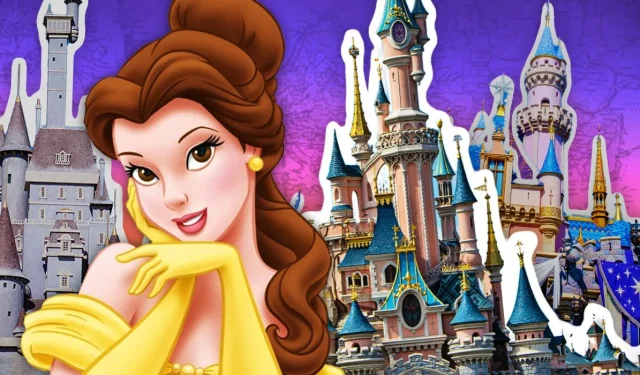
Disney’s Beauty and the Beast remains one of the studio’s most cherished animated films, but its journey to the big screen was fraught with hurdles. Imagining a world devoid of this iconic story seems unfathomable, especially considering the timeless musical numbers such as “Be Our Guest,””Gaston,”and the titular “Beauty and the Beast.”However, had Walt Disney succeeded in his early ambitions during the 1930s and 1950s, the beloved tale may never have graced theaters in the 1990s.
Released in 1991, Beauty and the Beast marked Disney’s resurgence during an era of animated classics, following the success of The Little Mermaid in 1989. Directed by Gary Trousdale and Kirk Wise, the film grossed an impressive $451 million globally, paving the way for Disney to continue exploring ambitious animated features throughout the 1990s. It is vital to note that while Disney’s adaptation was unique, it was not an original tale; it was inspired by the 1756 fairy tale penned by Jeanne-Marie Leprince de Beaumont, which Walt Disney had long aimed to bring to life.
Walt Disney’s Early Attempts at Adaptation
The 1930s and 1950s Attempts
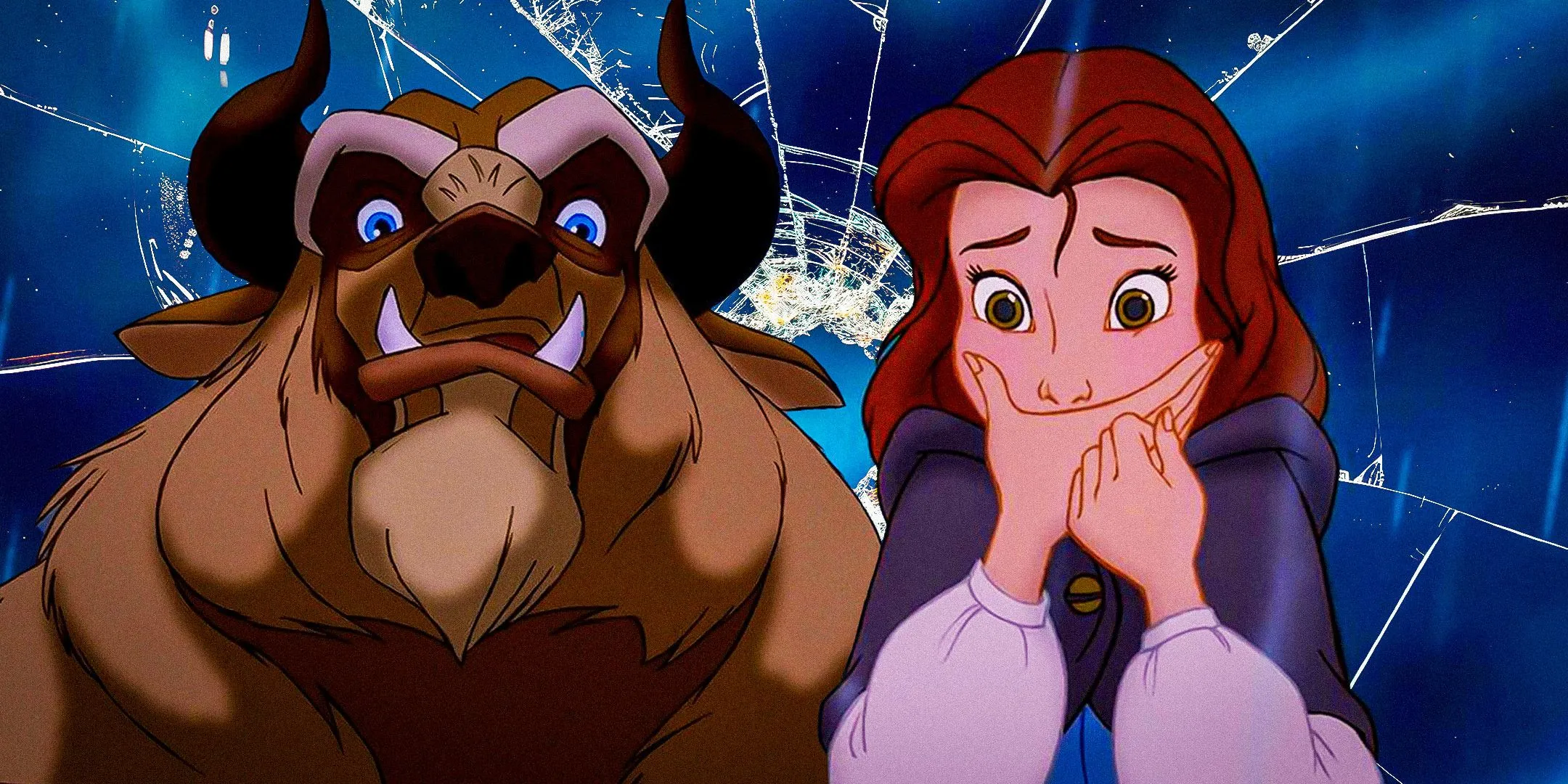
According to special features on the Beauty and the Beast Blu-ray DVD, Walt Disney’s initial efforts to adapt the story began in the 1930s, following the monumental success of Snow White and the Seven Dwarfs. Unfortunately, Disney’s story team discovered that translating the 1756 fairy tale into a film was more challenging than anticipated, leading to this and many other concepts being shelved.
The remnants of Disney’s first attempt are limited to a solitary piece of artwork depicting Belle tending to the Beast’s injuries.
Fast forward to the 1950s, when Disney made another attempt at adapting Beauty and the Beast. However, this venture coincided with the release of a successful live-action version by Jean Cocteau, which made the prospect of an animated adaptation seem less viable at the time. Ultimately, this hesitation proved fortuitous, as an earlier version of Beauty and the Beast could have jeopardized the production of the 1991 classic.
A Different Vision for Gaston
The Evolution of Gaston
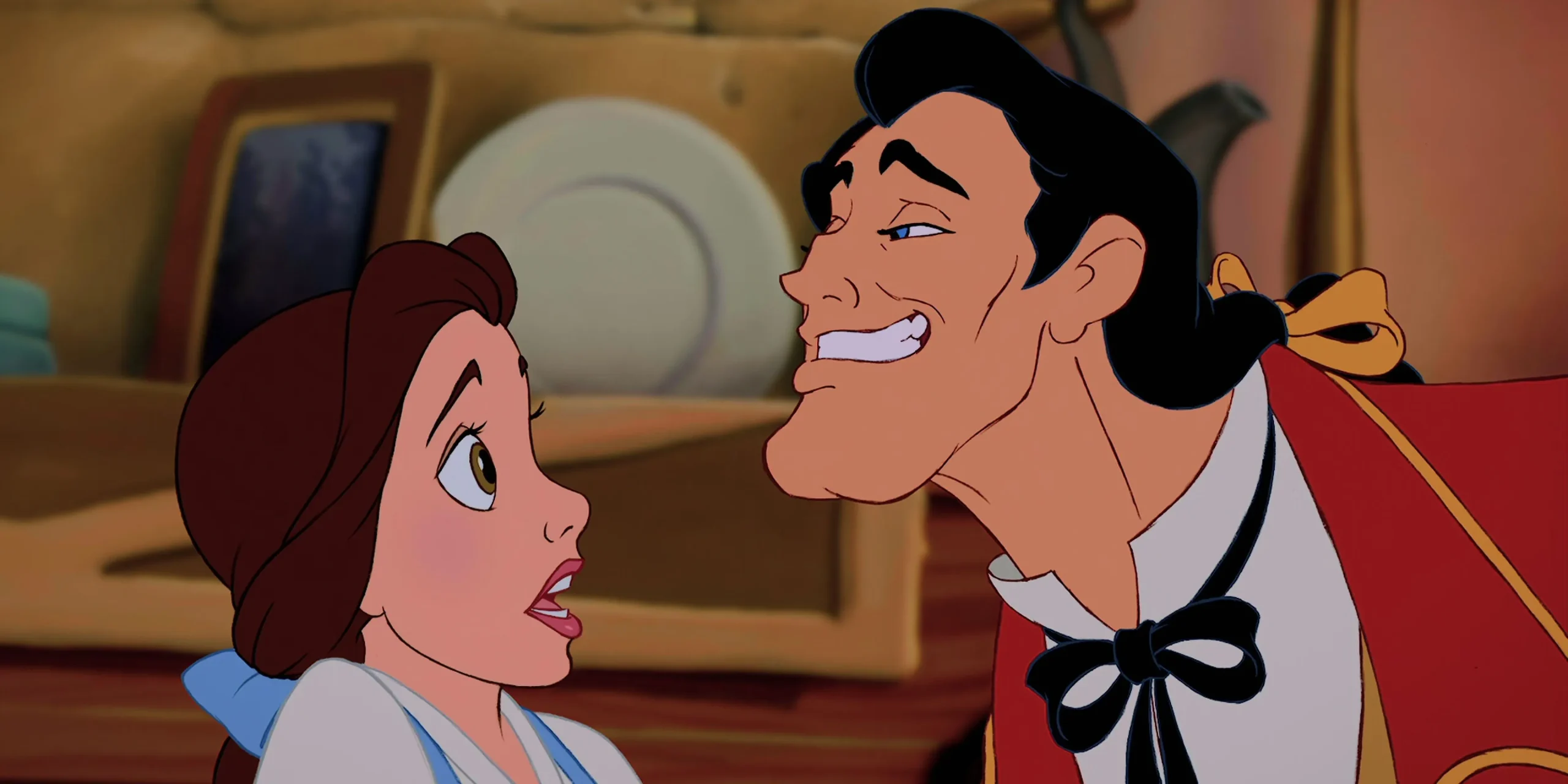
Another fascinating element of Beauty and the Beast involves the character of Gaston. In its early stages, the story lacked a distinct villain, prompting writers to explore various characters. Initial storyboards featured three male antagonists, but these roles were eventually merged into one—Gaston—who was envisioned as more of a French aristocrat rather than the brash hunter we know today. Additionally, his character was intended to be paired with Belle’s Aunt Marguerite, who harbored animosity toward Maurice.
It is now hard to envision Beauty and the Beast without the infamous Gaston, which underscores the power of creative evolution. Screenwriter Linda Woolverton ultimately transformed Gaston into a charming yet brutish figure, drawing inspiration from her own past relationships. This final characterization struck the right chord with audiences, solidifying Gaston’s place as a memorable antagonist.
Transformation Into a Musical
A Late Shift to Musical Format
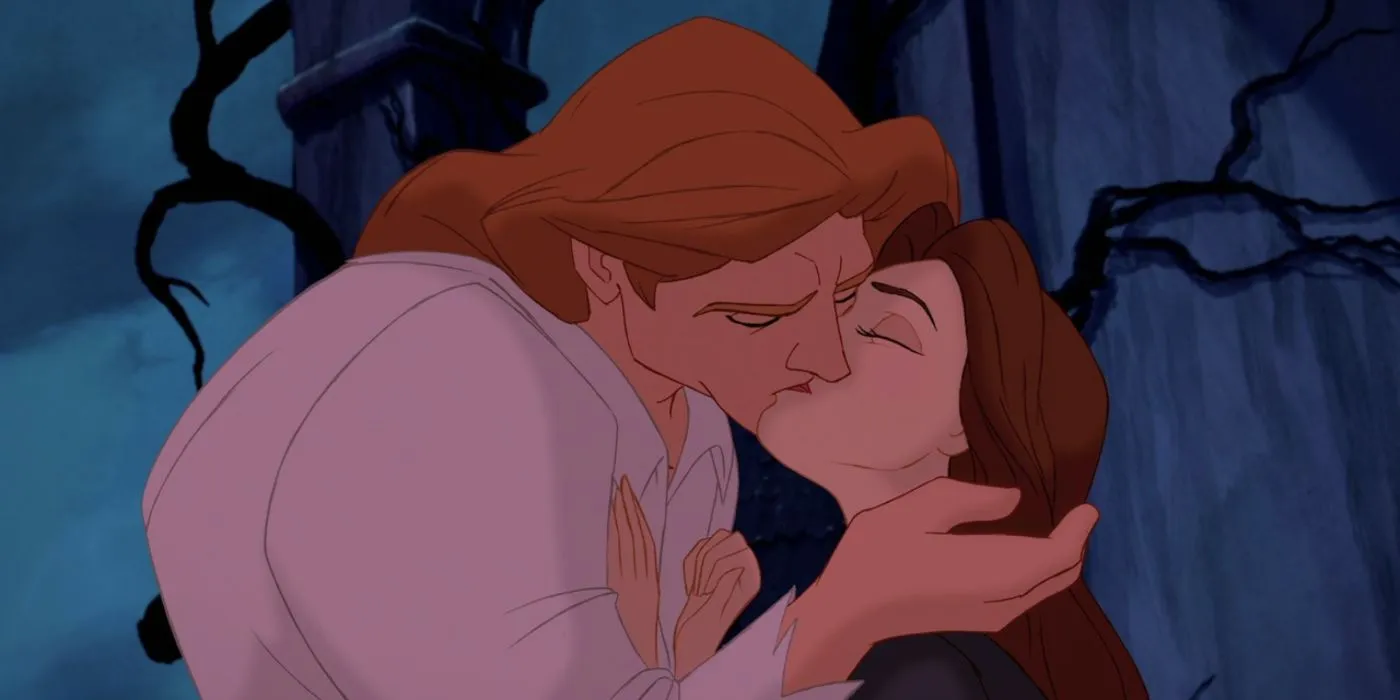

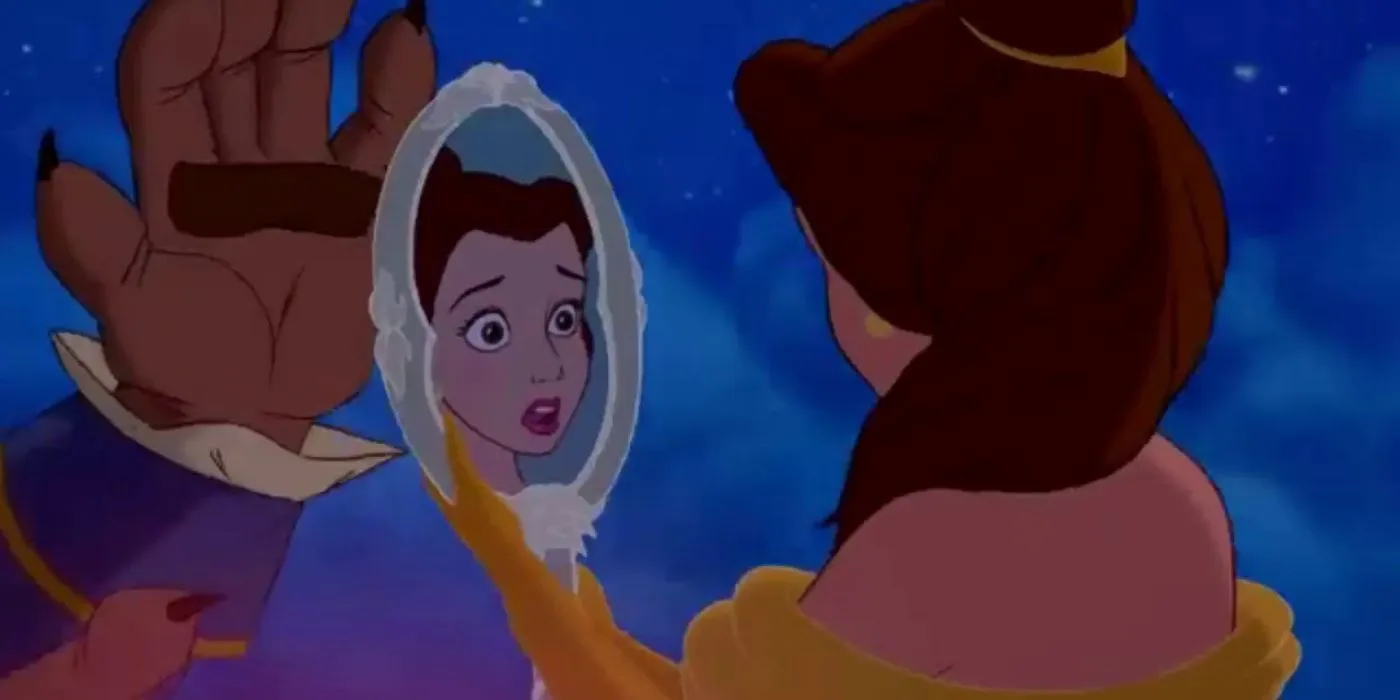
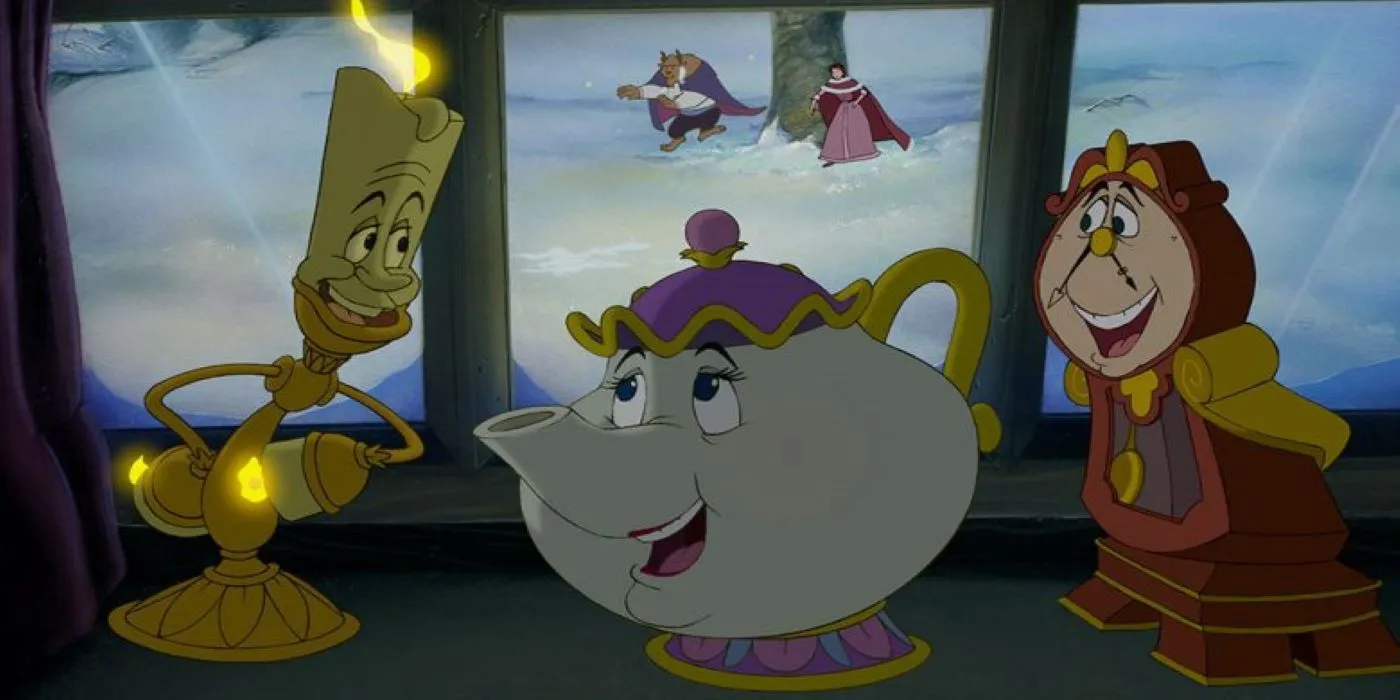
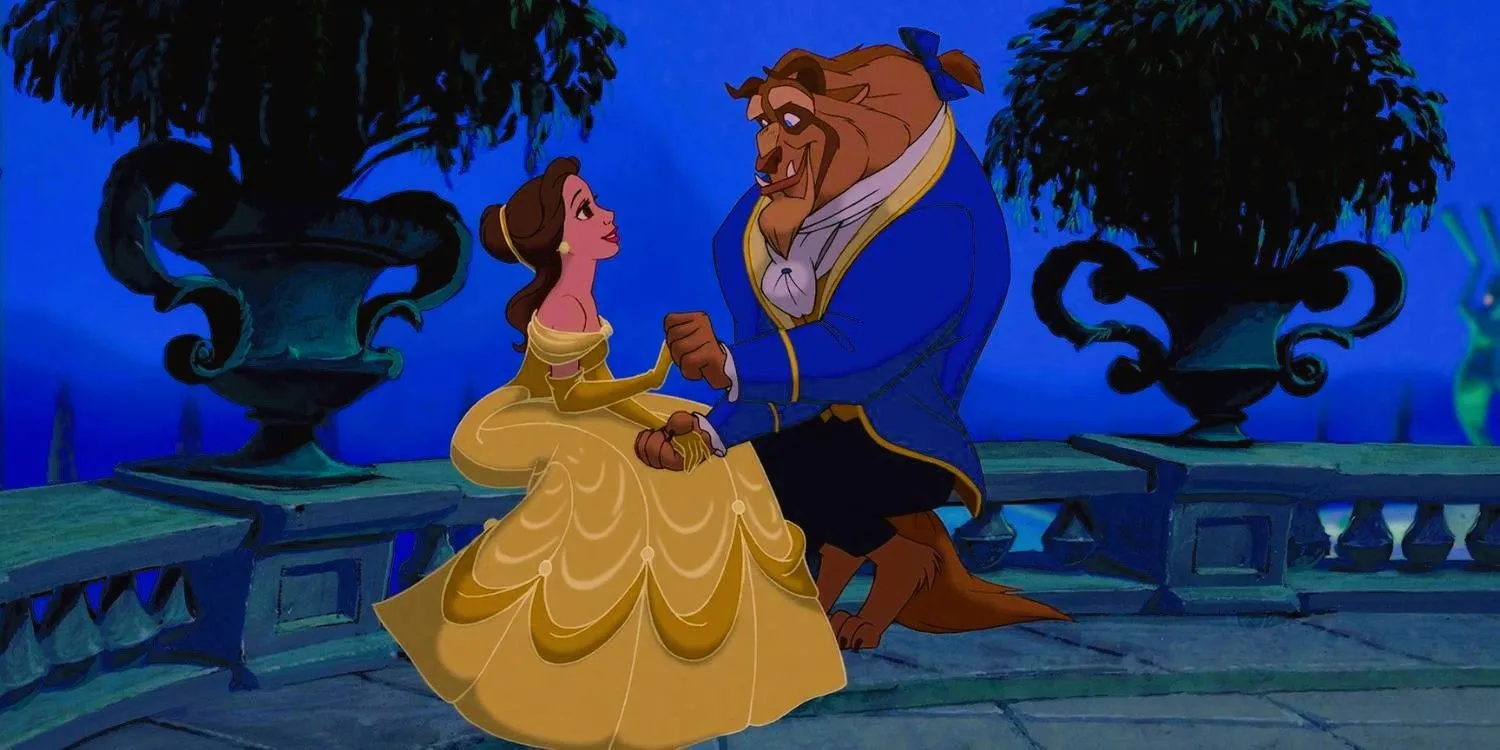
Interestingly, Beauty and the Beast was originally not conceived as a musical. The film’s initial development phase featured a darker narrative and excluded any musical elements. At this stage, Belle’s aunt had a substantial role as an antagonist, but the project was deemed too gloomy for audiences. Consequently, the entire direction was reevaluated, leading to a complete restart.
With a renewed vision, the subsequent batch of storyboards embraced a lighter, more whimsical tone. This transformation paved the way for the inclusion of Howard Ashman and Alan Menken, whose musical talents perfectly matched the newly envisioned atmosphere. This creative partnership produced the beloved score that has become synonymous with the film’s charm and appeal.
The overwhelming success of the 1991 release serves as a testament to the importance of these crucial changes in shaping what many consider a cinematic masterpiece. Reflecting on the film’s evolution invites contemplation on how different it could have been had those early concepts come to fruition.




Leave a Reply